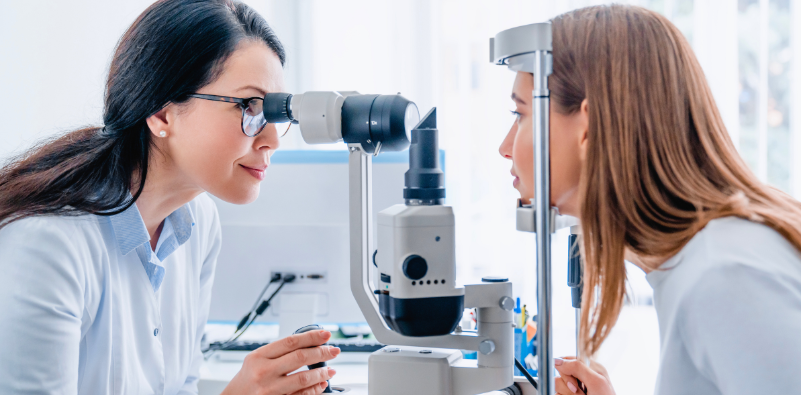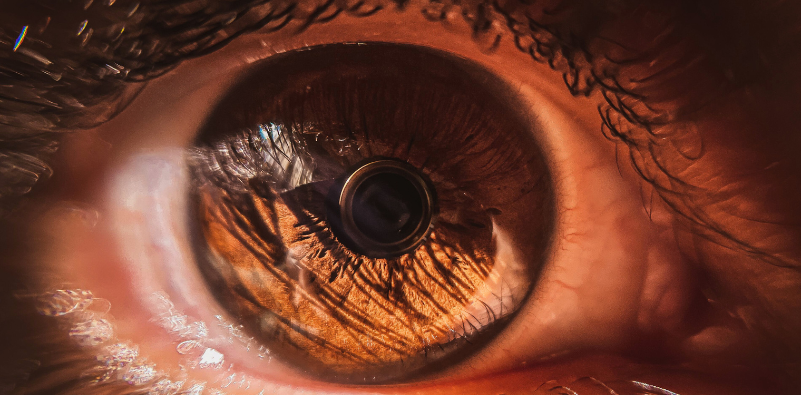How to Prevent Some Commonly Occurring Eye Problems

Around 90% of worldwide vision loss is preventable or treatable and in the UK alone, there are more than 2 million people living with sight loss. These statistics can be scary, but it is important to raise awareness of how common it is for people to experience vision loss, so that the number of people affected can be reduced.
There are a number of ways to help prevent some of the most commonly occurring eye problems, including:
Diabetic retinopathy
People with type 2 diabetes can develop an eye condition called diabetic retinopathy, which involves damage to the blood vessels that deliver blood to the retina.
To reduce the likelihood of developing diabetes type 2, it is important to have a healthy diet and active lifestyle to keep weight within a healthy range. Smoking can also contribute towards diabetes, so quitting smoking will help to reduce the possibility of developing diabetic retinopathy through diabetes.
Refractive error
Refractive errors are very common and include myopia (short-sightedness), hyperopia (long-sightedness) and astigmatism (where the eye curves abnormally). Basically, anyone who is required to wear glasses or contact lenses to see clearly has refractive errors, accounting for around 3 out of 4 people in the UK.
Most people with refractive errors can improve their vision by wearing glasses or contact lenses or having laser eye surgery. Eating healthily and managing weight can also help to maintain eye health to avoid developing refractive errors.
Dry eyes
Dry eyes are another common eye condition that can affect vision. It can be caused through a number of different ways, including spending a lot of time looking at digital screens, being dehydrated, and getting dust or dirt in the eyes. Dry eyes cause redness and itchiness to the eyes and can be very uncomfortable.
To prevent dry eyes, people who work using computer screens are advised to blink more often and regularly look away from the screen to focus on something else. Reducing alcohol, stopping smoking and staying well hydrated can also help reduce or prevent the symptoms of dry eyes. Eye drops designed specifically for treating dry eyes can relieve pain and help to keep eyes lubricated.
Allergic conjunctivitis
Allergies such as hay fever or dust can trigger allergic conjunctivitis which typically will cause swelling, itchiness and burning eyes. The majority of people who suffer from allergic conjunctivitis will have flare-ups when pollen count is high or when they are in an environment that triggers their allergy.
Avoiding spending lots of time outdoors on high pollen days and avoiding dusty places will help to avoid allergic conjunctivitis. You can also take antihistamines and use eye drops to reduce the symptoms of allergic conjunctivitis.
When to see an eye specialist
If you experience headaches or blurry vision, see flashes of light, floaters or a sudden decrease in vision, you should see an optometrist as soon as possible. If you are suffering from conditions such as dry eyes or allergic conjunctivitis, if symptoms do not clear up after you have used eye drops then your optician may be able to recommend a more effective treatment.
Book an appointment at Harrold Opticians for a comprehensive eye examination to help maintain your eye health and vision.











